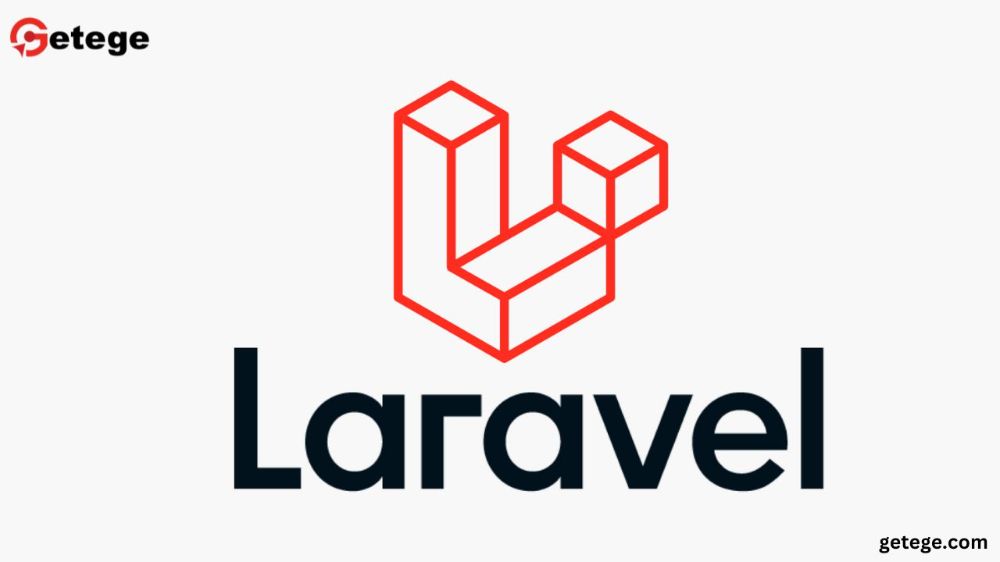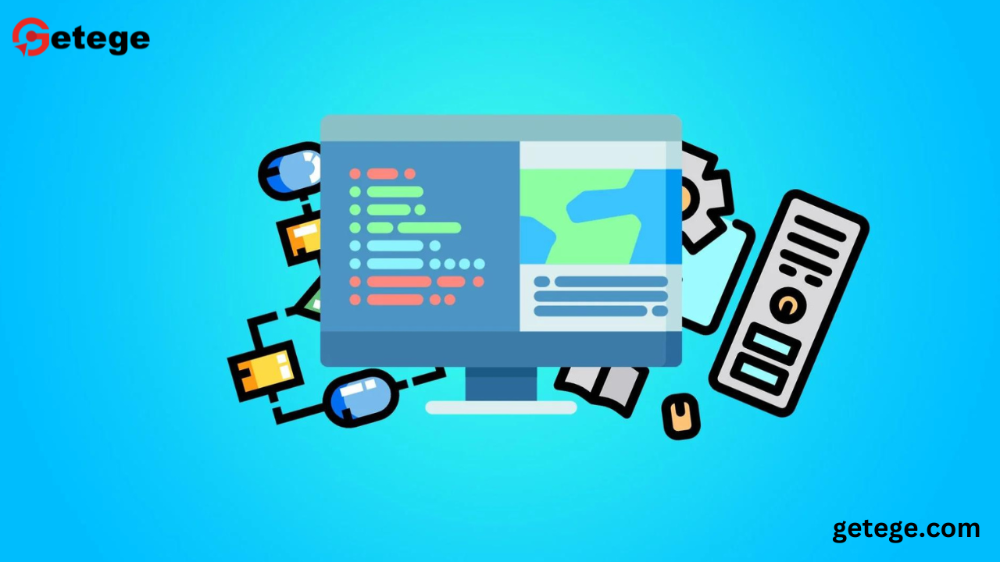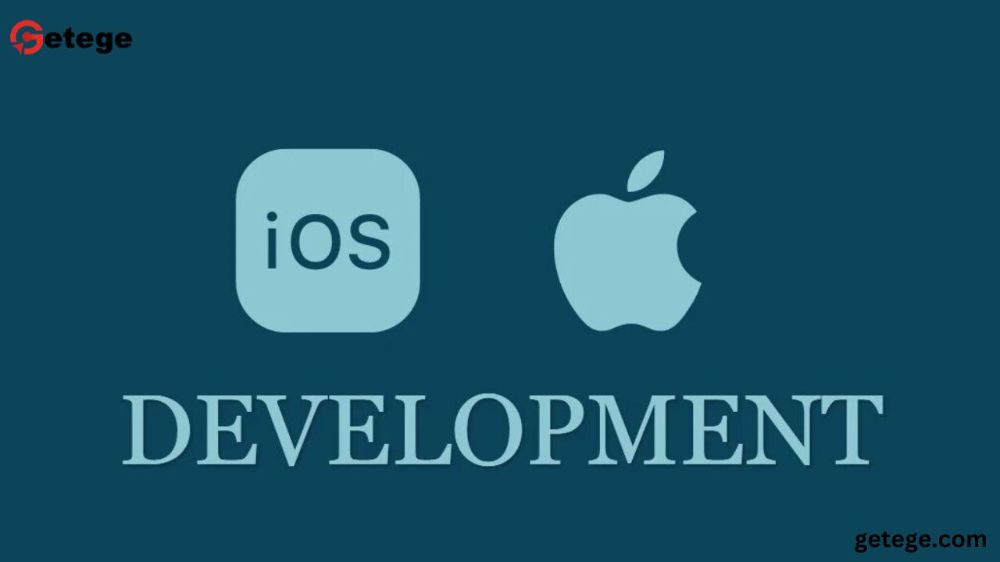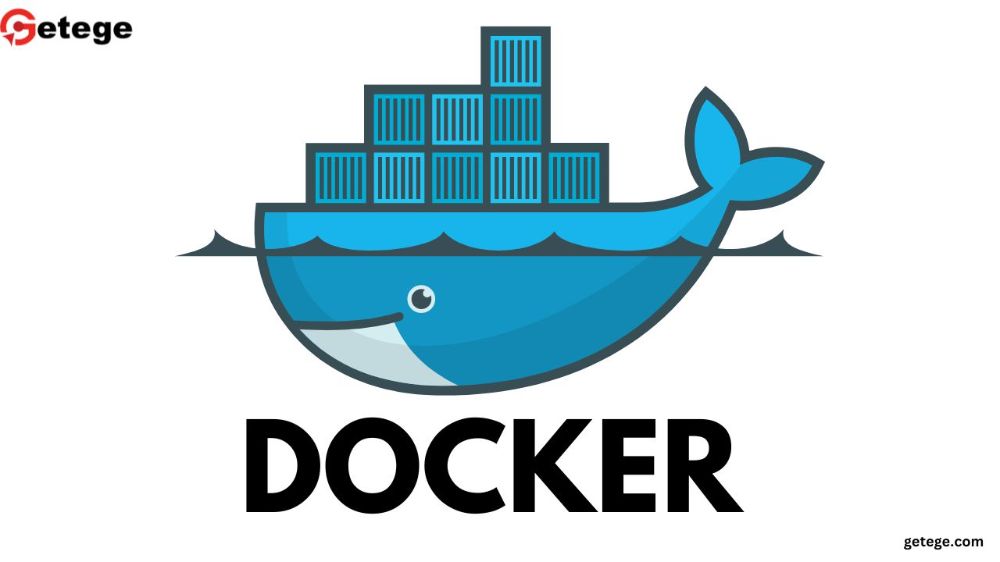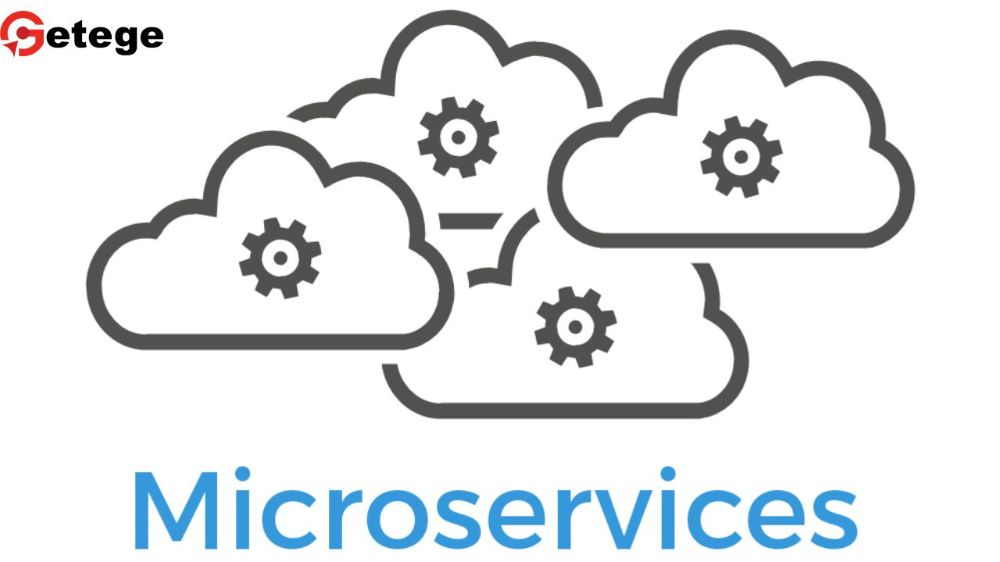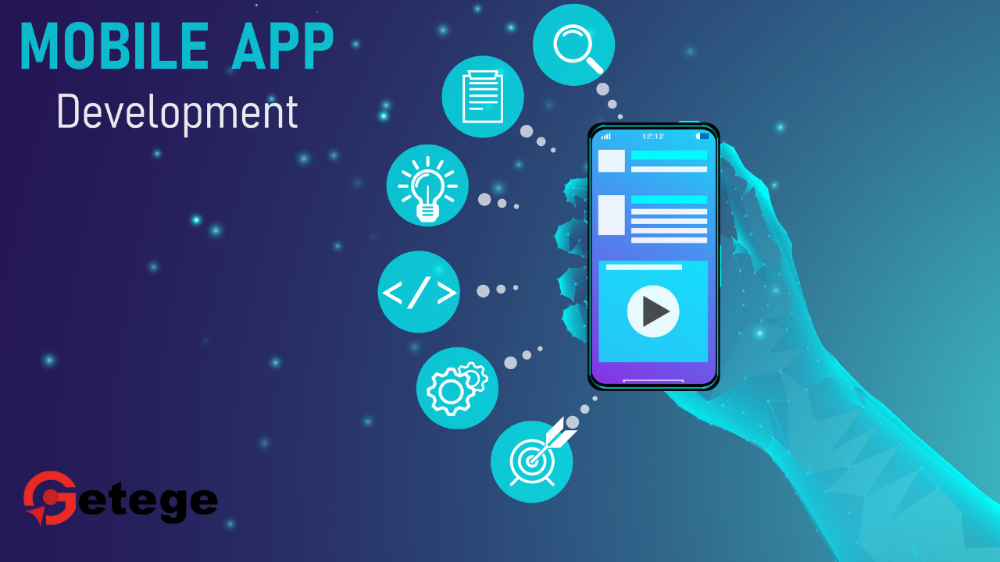No-Code Development: The Future of App and Software Creation Without Coding Skills
The rise of no-code development has significantly transformed the digital landscape. What used to be an exclusive realm for skilled developers has now opened up to non-technical individuals, allowing anyone to build applications, websites, and software without writing a single line of code. In this blog post, we'll dive into the world of no-code development, exploring its benefits, popular platforms, and why it’s the future of app creation.
What is No-Code Development?
No-code development refers to the use of visual interfaces and drag-and-drop tools to create applications and software. It eliminates the need for traditional coding knowledge and empowers people from various backgrounds to bring their ideas to life.
This approach is revolutionary because it bridges the gap between idea and execution. Non-developers, entrepreneurs, and even established businesses can build functional products without hiring expensive developers or spending months on coding.
Why No-Code Development is a Game-Changer
Faster Time to Market No-code development drastically reduces the time it takes to build and launch an app. Instead of waiting for months to get a product to market, developers can now create and deploy apps in a matter of days or even hours.
Cost-Effective Hiring developers and software engineers can be expensive. No-code tools allow individuals and businesses to create apps without the hefty costs, making development accessible to startups and small businesses with limited budgets.
Accessibility No-code platforms democratize app development by making it accessible to everyone, not just those with a technical background. This opens up opportunities for innovation across different industries and demographics.
Flexibility and Scalability No-code platforms offer flexibility, allowing users to build anything from simple websites to complex applications. Many platforms also provide scalable solutions, so as your business grows, so can your app.
Ease of Use With drag-and-drop interfaces, pre-built templates, and visual workflow management, no-code platforms are designed for ease of use. Users don’t need to worry about syntax errors or debugging lines of code.
Popular No-Code Platforms
There are several powerful no-code platforms available today.
Bubble
It offers powerful customization options and is suitable for complex apps like social media networks or marketplaces.Webflow
Webflow is a popular no-code tool for building highly responsive and visually appealing websites. It allows users to design, build, and launch websites without any coding knowledge.Airtable
Airtable is a spreadsheet-database hybrid tool that allows users to create powerful databases and manage workflows without coding. It’s commonly used for project management, inventory management, and more.Adalo
Adalo specializes in creating mobile apps without code. Its drag-and-drop editor makes it easy to build iOS and Android apps that can be published to the App Store or Google Play Store.Zapier
It’s an ideal tool for automating repetitive tasks and integrating various apps without any coding.
Use Cases of No-Code Development
Startup MVPs No-code platforms are perfect for startups that need to create Minimum Viable Products (MVPs) quickly and efficiently. Instead of spending months developing an MVP, founders can validate their ideas and get user feedback in just days.
Internal Tools Companies often need custom internal tools to streamline workflows. No-code development allows businesses to create tailored solutions without waiting for the IT department or hiring developers.
E-commerce Websites No-code platforms like Shopify and Webflow enable entrepreneurs to quickly set up online stores, manage inventory, and track sales without needing a developer.
Automation of Business Processes Using tools like Zapier, businesses can automate routine tasks like data entry, customer follow-ups, or invoice generation, significantly improving efficiency and reducing human error.
Custom CRM Solutions Businesses can use no-code platforms to build customized Customer Relationship Management (CRM) systems that meet their unique needs without the complexity and cost of traditional CRM solutions.
Conclusion
No-code development is revolutionizing the way apps and software are built. By making development accessible to non-technical users, it has opened the doors to innovation for startups, small businesses, and individuals. Whether you're building an MVP for a startup, an internal tool for your company, or automating a business process, no-code platforms provide the speed, cost-effectiveness, and flexibility you need to succeed.

